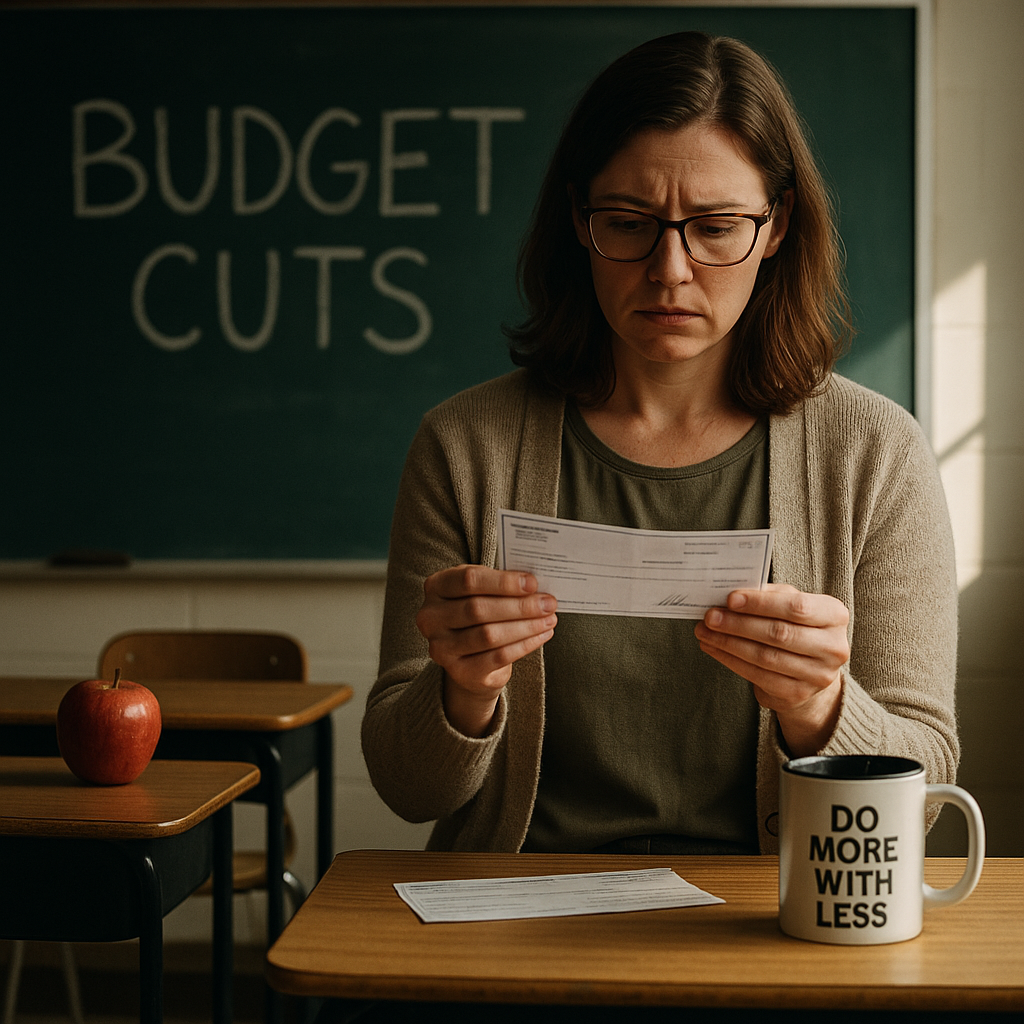
Teacher Pay in Public Schools The Truth Behind the Chalkboard
They shape young minds, guide students through life challenges, and often buy their own supplies but are they paid fairly? The debate over teacher pay in public schools is not new, but it’s more urgent than ever. At the heart of educational reform lies a simple truth: if we want better outcomes for students, we must invest in the people who teach them.
What Do Teachers Really Earn in Public Schools?
Base Salaries Still Lag Behind
On average, U.S. public school teachers earn around $66,000 per year. That might seem respectable until you consider that many professionals with similar education levels earn significantly more. Adjusted for inflation, teacher pay has barely grown in decades.
Pay Gaps by State and District
Where a teacher works matters a lot.
- In Mississippi, starting salaries can be as low as $37,000
- In New York, the average exceeds $87,000
This uneven pay landscape makes it hard for schools in lower-income areas to attract and retain quality educators.
Why Teacher Pay in Public Schools Matters
This isn’t just about fairness. Teacher pay in public schools is directly tied to:
- Teacher retention
- Student achievement
- Classroom stability
When we underpay educators, schools become revolving doors. That instability impacts every student’s ability to learn and grow.
What About the “Great Benefits”?
Teachers often hear, “Well, at least you have great benefits.” But this is increasingly misleading.
Rising Health Costs and Reduced Pensions
Many school districts are shifting rising healthcare costs onto teachers, and pension systems are under pressure in several states. What once felt like security now feels uncertain.
Lack of Paid Time Off and Support
While teachers may have summers off on paper, many spend that time working second jobs, planning curriculum, or taking professional development courses often unpaid.
Why Teacher Pay and Benefits in Public Schools Matter
This isn’t just about fairness. Teacher pay and benefits in public schools are directly tied to:
- Teacher retention
- Student achievement
- Classroom stability
When we underpay educators, schools become revolving doors. That instability impacts every student’s ability to learn and grow.
How Other Countries Treat Teachers
In Finland, Singapore, and South Korea nations with strong educational outcomes teachers are treated like professionals. They receive:
- Competitive salaries
- Paid mentorship
- High public respect
If we want similar success, we can’t ignore the compensation gap here at home.
Teachers Pay What They’re Worth
We can’t expect excellence in education while treating teachers like afterthoughts. Until teacher pay in public schools reflects the value educators bring, real reform will remain out of reach.
Paying teachers fairly isn’t just about them it’s about the future of every child they teach.
Related Reading & Resources
- Politics, Education and the Future of K‑12 – Lonnie Palmer’s book exploring how political and funding decisions shape public education outcomes in K–12.
- Teacher pay rises in 2023, but pay gap widens – Economic Policy Institute reports teachers earned just 73.4 cents on the dollar compared to other college-educated professionals in 2023.
- Teacher Salaries: A Key Factor in Recruitment and Retention – Learning Policy Institute details how salary competitiveness and benefits influence staffing and turnover.
- Why educators are quitting amid stress and low pay – Stateline examines rising burnout, shortages, and which states are raising the bar with minimum pay reforms.
Read more at Lonnie Palmer